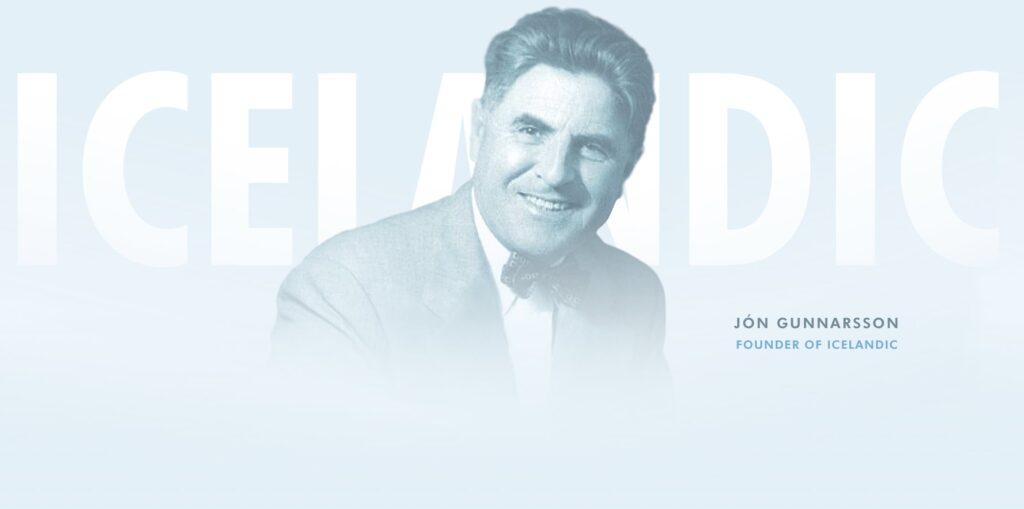
Our suppliers have fished the oceans of not only Iceland, but the entire world for over a century. We have taken on the elements to harvest a rich, nutritious food source ensuring the prosperity and health of our customers.
In today’s seafood industry, methods have changed and technology has developed, but in our commitment to sustainability this very same integrity is now more essential than ever. Our operations are directed at facilitating efficient fishing and processing methods that care for the environment, while providing our customers with North Atlantic seafood of the highest quality.

1942
Following the development of new technology for freezing and processing in the 1940s, there was a sharp increase in the production of frozen seafood. At the beginning of World War II, however, exports stagnated, markets closed, and only small quantities of salted fish were being sold to Spain and Portugal. Under these circumstances, IFPC or the Icelandic Freezing Plants Corporation was founded on the 22nd of February 1942, by a group of Icelandic fish processors. All sales remained in the hands of the Icelandic government, which made an agreement with the British government that all frozen fish handled by the IFPC would be sold to the UK. Agreements were ratified and renewed annually. The pioneers and founders of IFPC were Einar Sigurðsson (first chairman of IFPC), Ólafur Þórðarson and Elías Þorsteinsson and by the time the war ended, IFPC had started selling fish to the US market.
1945
1967
1971
1985
1989
2004
2005
2006
2014
2015
2019
Icelandic Asia is acquired by one of Iceland’s largest seafood producers, Brim. With the purchase Brim hf. joined a large group of Iceland´s key seafood producers working closely with Icelandic in sales and marketing of their products in Asia. Icelandic Asia is and has always been true to the IFPC founders promise to sell and market premium Icelandic and North Atlantic seafood in the global market.
Icelandic Seafood
Premium Icelandic seafood products, sustainably sourced.
Tel: +81 03 5472 0450
Fax: +81 5472 0451
Email: info@icelandic.is